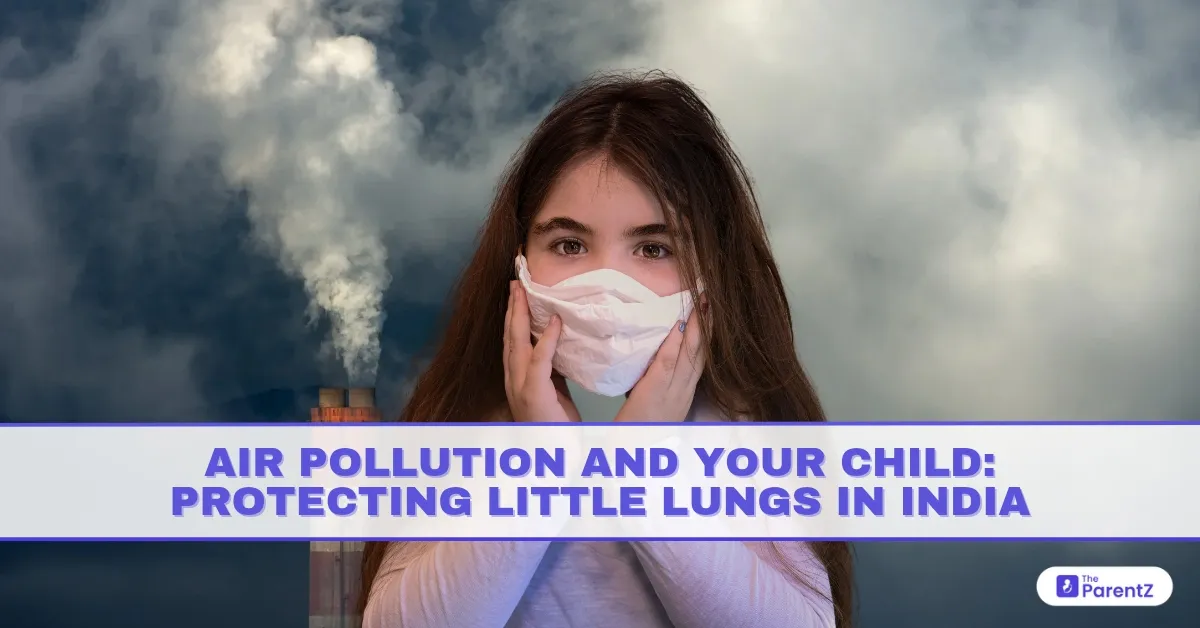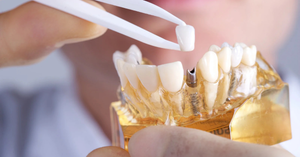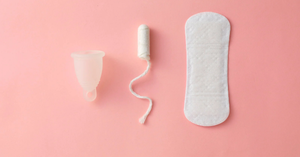In recent years, air pollution has emerged as a silent yet serious threat to public health in India, especially for children. From bustling metropolitan cities to rural regions, the quality of air has deteriorated significantly, exposing young lungs to a hazardous mix of particulate matter, gases, and toxic pollutants.
Children are particularly vulnerable because their lungs are still developing, and they breathe more air per kilogram of body weight than adults. The consequences of prolonged exposure can be long-term, affecting not only respiratory health but also cognitive and physical development.
Why Children Are More Vulnerable to Air Pollution
Children’s respiratory systems are not fully developed, and their immune defenses are still maturing. When exposed to air pollution, they:
- Inhale more air relative to body weight
- Spend more time outdoors during high pollution periods
- Have smaller airway diameters, making them more susceptible to blockages
- Lack the full capacity to detoxify and repair tissue damage
This makes early-life exposure especially dangerous and may increase the risk of chronic respiratory conditions and other health issues.
Major Air Pollutants Affecting Children in India
- Particulate Matter (PM2.5 and PM10): Fine particles that penetrate deep into the lungs and bloodstream
- Nitrogen Dioxide (NO2): Emitted from vehicle exhaust and industrial processes
- Sulphur Dioxide (SO2): Originates from burning fossil fuels
- Carbon Monoxide (CO): A colorless gas that reduces oxygen delivery to the body
- Ground-level Ozone (O3): A result of chemical reactions between sunlight and vehicular emissions
These pollutants are particularly high in urban areas like Delhi, Kanpur, Patna, and Lucknow, but even smaller towns are now reporting poor air quality, especially during winter and crop-burning seasons.
Health Effects of Air Pollution on Children
1. Respiratory Issues
- Increased incidence of asthma, bronchitis, and pneumonia
- Wheezing, shortness of breath, and chronic cough
- Exacerbation of existing respiratory conditions
2. Impaired Lung Development
- Reduced lung function growth
- Long-term structural changes in lung tissue
- Higher risk of chronic obstructive pulmonary disease (COPD) in adulthood
3. Neurodevelopmental Impact
- Emerging evidence suggests a link between air pollution and developmental delays, lower IQ, and behavioral issues
4. Immune System Dysfunction
- Greater susceptibility to infections due to impaired immunity
- Inflammation and oxidative stress from pollutants
How to Protect Your Child from Air Pollution
1. Monitor Air Quality Index (AQI)
Use government apps or websites (like SAFAR, AQICN) to check daily air quality and plan activities accordingly.
- AQI <100: Safe
- AQI 101–200: Limit outdoor activities
- AQI >200: Avoid outdoor exposure, especially for children with pre-existing conditions
2. Use Air Purifiers at Home
- Choose HEPA filter-based purifiers, especially for bedrooms and living areas
- Clean filters regularly and maintain indoor humidity between 30–50%
3. Limit Outdoor Exposure During Peak Hours
- Avoid morning and evening rush hours when pollution levels are high
- Postpone outdoor play or physical activities on high AQI days
4. Encourage Protective Gear
- Use well-fitted N95 masks when stepping outdoors in high-pollution areas
- Ensure children stay hydrated and consume antioxidant-rich foods (like fruits, vegetables, and nuts) to combat inflammation
5. Ventilate Smartly
- Ventilate the home when outdoor air is clean (typically mid-morning or after rain)
- Avoid burning incense, candles, or mosquito coils indoors
When to Seek Medical Help
- Persistent cough lasting more than two weeks
- Wheezing, chest tightness, or shortness of breath
- Recurring respiratory infections
- Fatigue, poor appetite, or reduced physical activity
- If diagnosed with asthma or other lung conditions, regular follow-up with a pediatric pulmonologist is advised
Conclusion
Air pollution is an unavoidable reality in many parts of India, but proactive steps can significantly reduce its impact on children. By monitoring air quality, using purifiers, limiting exposure, and supporting respiratory health through nutrition and timely care, parents and caregivers can play a key role in safeguarding the lungs of the next generation. Clean air is a right, and until structural solutions are implemented, protective measures at the family level are essential.








Be the first one to comment on this story.